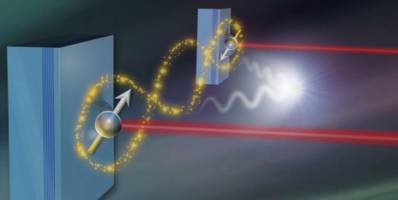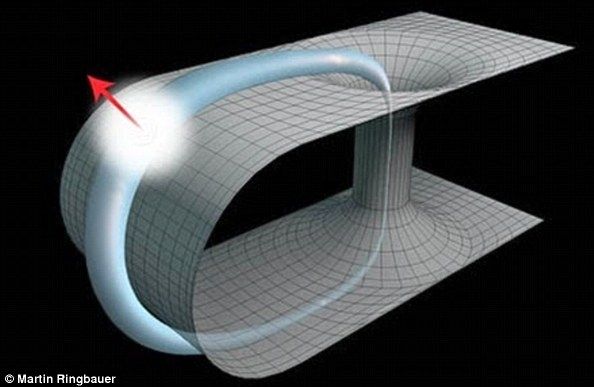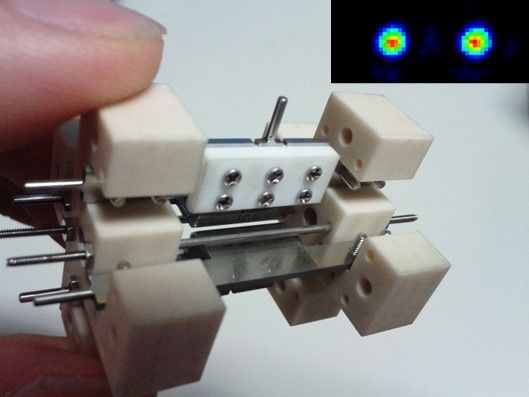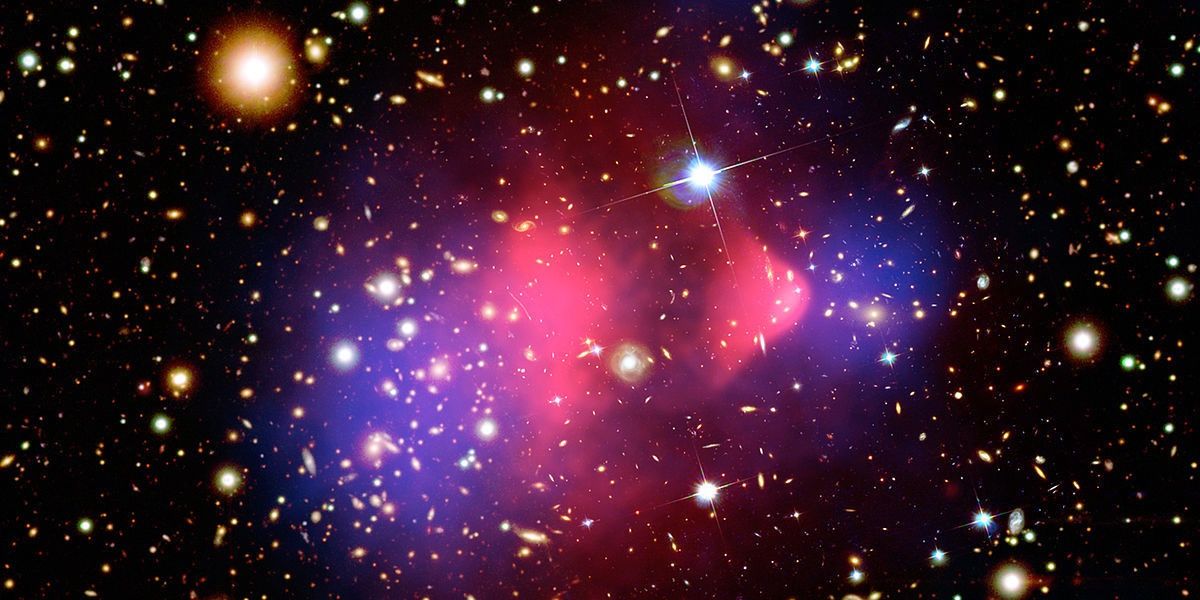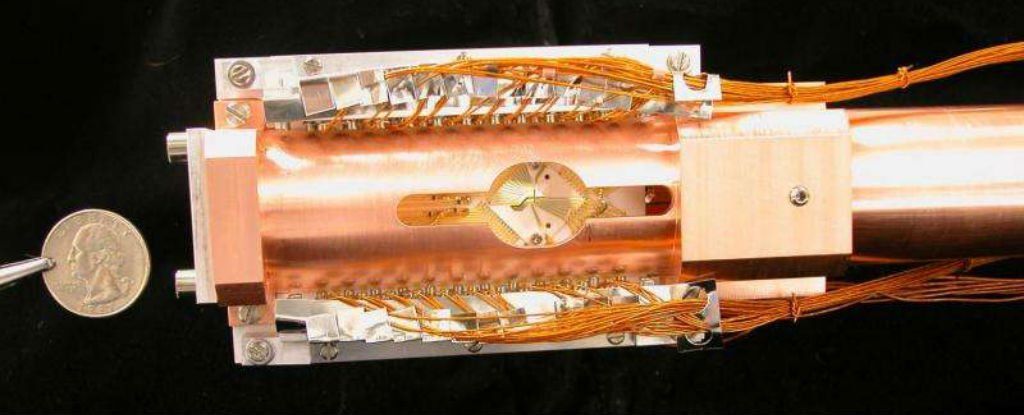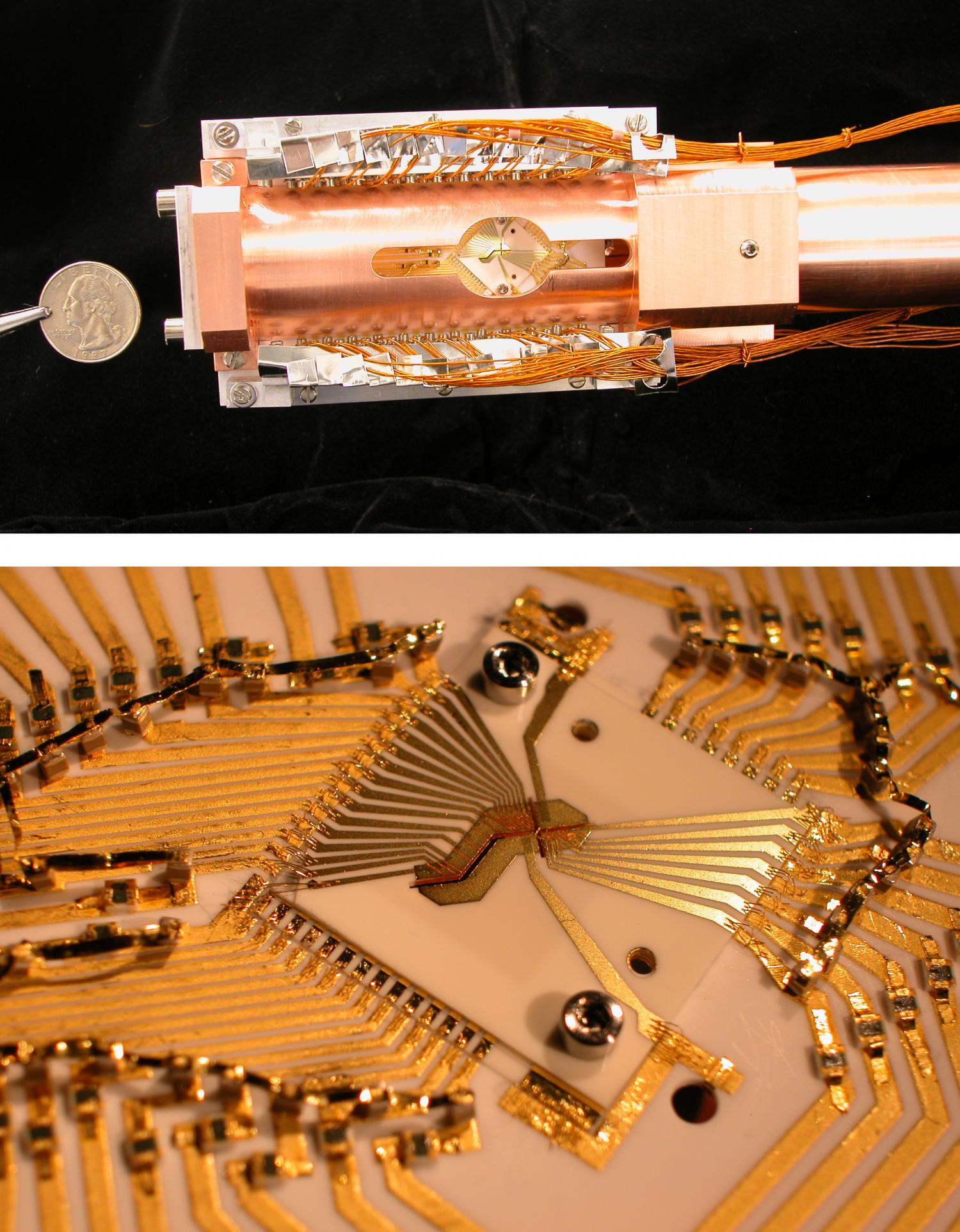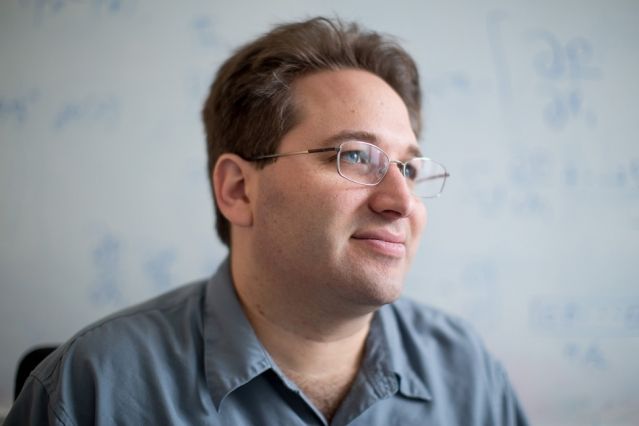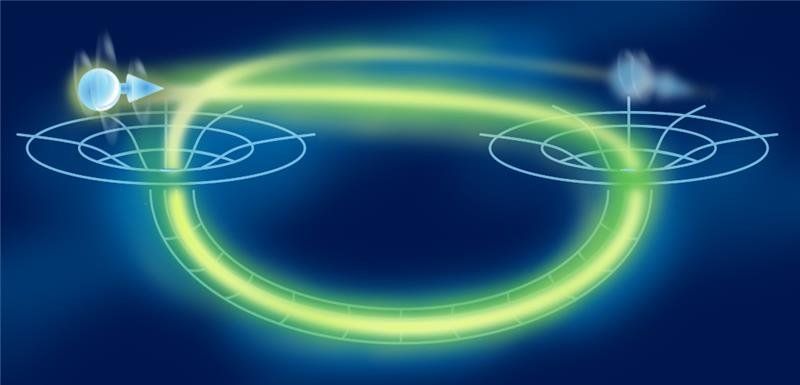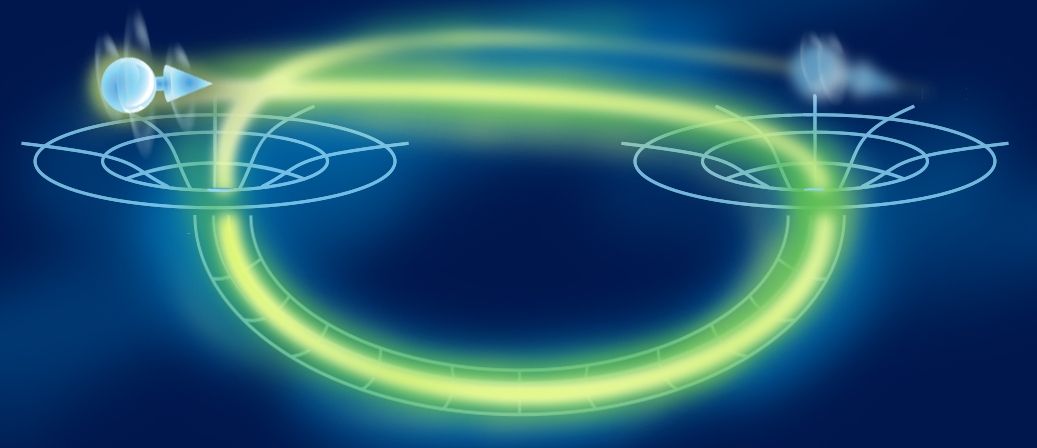
‘In a nice piece of “spin-off science” from this technological achievement, we were able to perform a “Bell test”, by first using the high-precision logic gate to generate an entangled state of the two different-species ions, then manipulating and measuring them independently. This is a test which probes the non-local nature of quantum mechanics; that is, the fact that an entangled state of two separated particles has properties that cannot be mimicked by a classical system. This was the first time such a test had been performed on two different species of atom separated by many times the atomic size.’
While Professor Lucas cautions that the so-called ‘locality loophole’ is still present in this experiment, there is no doubt the work is an important contribution to the growing body of research exploring the physics of entanglement. He says: ‘The significance of the work for trapped-ion quantum computing is that we show that quantum logic gates between different isotopic species are possible, can be driven by a relatively simple laser system, and can work with precision beyond the so-called “fault-tolerant threshold” precision of approximately 99% — the precision necessary to implement the techniques of quantum error correction, without which a quantum computer of useful size cannot be built.’
In the long term, it is likely that different atomic elements will be required, rather than different isotopes. In closely related work published in the same issue of Nature, by Ting Rei Tan et al, the NIST Ion Storage group has demonstrated a different type of quantum logic gate using ions of two different elements (beryllium and magnesium).
Read more
